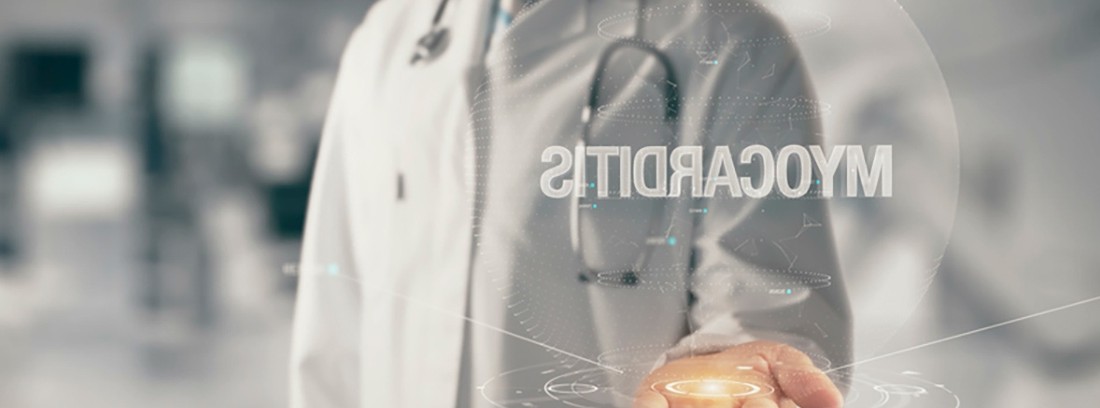What is myocarditis?

How is it produced?
The myocardium has the function of a pump, that is, of c ontraction of the heart which can be weakened when it becomes inflamed by myocarditis. Myocarditis can present acute (short duration) or chronic (long duration).
exist numerous causes causing myocarditis. Inflammation is a response of the myocardium to disease or injury. This inflammation can be caused by:
- An infection (virus, bacteria, fungus)
- Drugs
- Alcohol
- Physical agents such as radiation
- Appear in the context of a systemic (ie generalized) or autoimmune disease such as systemic lupus erythematosus or rheumatoid arthritis.
Symptoms of myocarditis
The disease may have a benign course with full recovery of the heart, or the heart damage may be permanent, leaving sequelae. Sometimes they can also inflame the outer shell also giving rise to pericarditis.
The symptoms can be very varied. In mild cases the patient may be asymptomatic. In others, the appearance of a previous flu-like picture with fever, tiredness and chest pain.
The most serious cases give symptoms such as arrhythmiasheart attacks, chest pain similar to a heart attack, and heart failure, a consequence of cardiac damage and failure of the heart's pumping function.
Diagnosis
Diagnosis can be difficult. It is performed with the medical history and physical examination along with a series of complementary tests which may include:
- Laboratory tests to detect signs of inflammation and blood cultures in cases of infectious myocarditis
- Chest x-rays allow you to see the size of the heart and if there are complications.
- The echocardiogram visualizes the structure of the heart and how it works.
- The electrocardiogram reveals heart rhythm disturbances.
- Endomyocardial biopsy consists of taking a sample of the heart muscle to see the degree of inflammation and detect if there is infection.
Treatment
If the disease has a benign evolution, resolution is usually spontaneous, requiring only repose, analgesics and medications anti-inflammatory. Treat, whenever possible, the underlying disease: for example with antibiotics if it is due to a bacterial infection.
In the event of the appearance of complications such as arrhythmias or heart failure, specific drugs such as diuretics or antiarrhythmics will be required. In addition, the physical exercise is contraindicated until the resolution of the problem.
If the disease causes sequelae with serious heart damage, a transplantcardiac.
(Updated at Apr 14 / 2024)